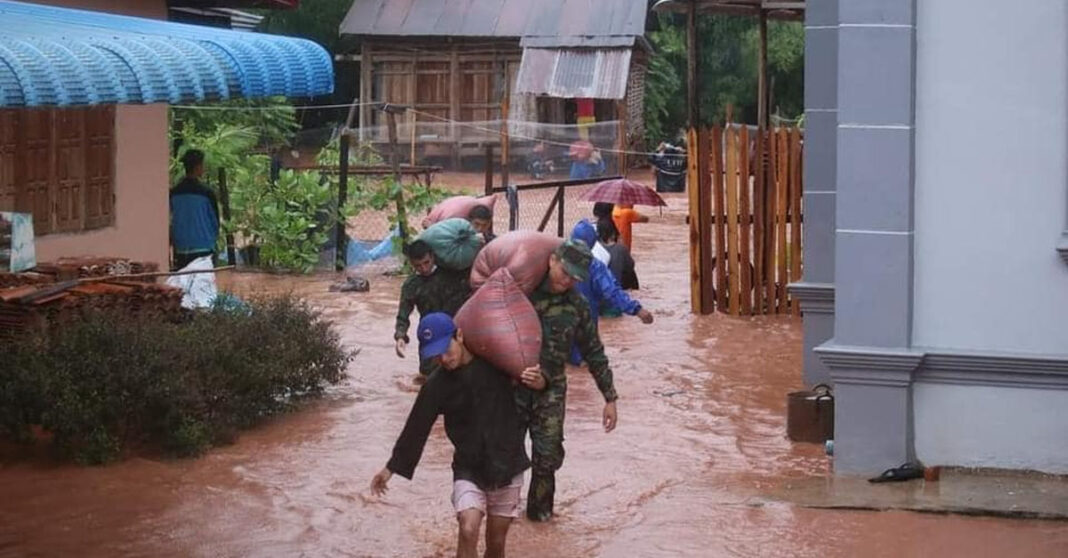On 21 January, the National Disaster Management Committee estimated that the cost of damages caused by monsoon flooding and landslides in 2024 exceeded LAK 6 trillion (USD 276.3 million).
Deputy Prime Minister and President of the Committee, Chansamone Chanyalath, reported that 69 extreme weather events, including storms, fires, lightning strikes, floods, landslides, droughts, and earthquakes, affected 15 provinces across Laos.
Among these were Vientiane Capital, Vientiane Province, Bolikhamxay, Khammouane, Oudomxay, Luang Namtha, Bokeo, Phongsaly, Luang Prabang, Xayaboury, Xieng Khouang, Salavanh, Champasack, Sekong, and Xayomboun.
In total, the disasters impacted 271,168 residents. They also claimed 17 lives, injured 58, and partially damaged thousands of homes, leaving many uninhabitable.
The widespread destruction disrupted critical infrastructure, particularly rural roads, where 195 of which experienced severe damage. This is followed by provincial and district highways, bridges, and waterworks.
Flooding also inundated 41,027 hectares of land and affected 4,349 livestock. Furthermore,irrigation systems, more than a hundred schools, health centers, and water bodies sustained damage.
In September alone, Typhoon Yagi caused particularly severe devastation in Luang Namtha Province, where infrastructure was left in disarray. The storm destroyed a key bridge, resulted in the loss of 20,000 land titles, and caused damages estimated at LAK 4 billion (USD 183,000).
To address the aftermath, the government has allocated LAK 80 billion (USD 3.6 million) this year for recovery and damage control efforts.
So far, the funds have been established to support emergency response efforts and the development of disaster risk reduction plans at the provincial and district levels. These funds will also contribute to creating annual disaster preparedness plans at both central and local levels.
Additionally, the funds will be used to form central and local emergency assessment teams and to upgrade warning systems, enhancing community preparedness for emergencies.



